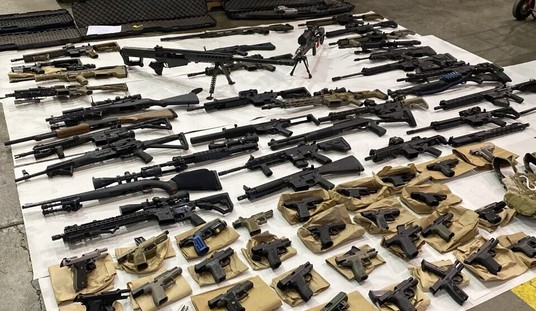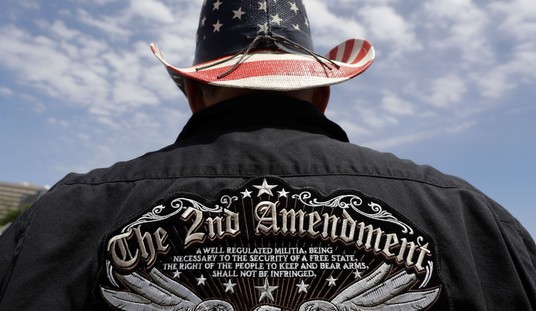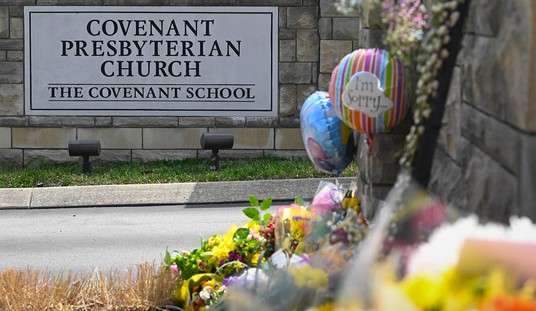This Week in American Military History:
Jan. 12, 1945: Warplanes from the U.S. Navy’s carrier Task Force 38 under the command of Vice Adm. John Sidney McCain Sr. (father of Adm. John S. McCain Jr. and grandfather of Sen. John S. McCain III), attack enemy convoys and bases along the coast of Japanese-held French Indochina (Vietnam) in the Battle of the South China Sea.
Codenamed “Operation Gratitude,” the attacks are wildly successful. Despite rough seas and high winds from a dangerously close typhoon, Japanese bases at Saigon, Cape Saint Jacques (Vung Tau), Cam Ranh Bay, Qui Nhon, and Tourane Bay (Da Nang) are hit hard, resulting in the destruction of docks, barracks, weapons depots, hangars, and scores of Japanese seaplanes and other aircraft, as well as the sinking of more than 40 enemy ships.
Adm. McCain – who Adm. William “Bull” Halsey refers to as “"not much more than my right arm" – will die of a heart attack on Sept. 6, 1945, four days after witnessing the Japanese surrender ceremony aboard USS Missouri. He is posthumously awarded a fourth star.
Jan 13, 1865: U.S. soldiers, sailors, and Marines under the joint command of Maj. Gen. Alfred Howe Terry and Rear Adm. David Dixon Porter begin landing operations – in what will prove to be the largest American amphibious operation until World War II – aimed at seizing Fort Fisher, N.C., a Confederate stronghold near the port city of Wilmington.
The fort — commanded by Confederate Col. William Lamb (the fort’s ultimate responsibility was that of Gen. Braxton Bragg, and yes, Fort Bragg, N.C. is named in his honor) – will fall to Union forces within two days.
More than 50 Medals of Honor will be awarded to those who participated in the assault.
Jan. 14, 1784: The U.S. Congress, temporarily meeting in Annapolis, Maryland, ratifies the Treaty of Paris, officially ending America’s War of Independence.
Jan. 16, 1781: Three years prior to the ratification, Brig. Gen. Daniel Morgan — commanding Continental infantry, cavalry, dragoons (horse-mounted infantry), and militia — strolls his encamped forces in a sprawling pastureland known as Hannah’s Cowpens in the South Carolina upcountry.
There, throughout the night, Morgan urges his men to take heart in the coming fight against a better-equipped, more-experienced force of British Army regulars and Loyalists under the command of Lt. Col. Banastre “Bloody Ban” Tarleton.
In specific instructions to his militia, Morgan directs them to fire two volleys at the attacking redcoats (and green-coated dragoons), then fall back on the veteran Continental regulars.
The forthcoming battle of Cowpens (Jan. 17) will end with a decisive victory for Morgan – who will defeat Tarleton in a classic double-envelopment – and a near-irrevocable loss of men, equipment, and reputation for the infamous Tarleton and his “British Legion.”
Tarleton’s boss, Gen. Sir Charles Cornwallis, will abandon South Carolina and in less than two months chalk up a pyrrhic victory at the Battle of Guilford Courthouse (N.C.). Meanwhile, word of Morgan’s victory will spread like wildfire throughout the Carolinas and up into Virginia where – at Yorktown – Cornwallis’ entire army (including Tarleton and his feared green-jacketed horsemen) will surrender to the combined American-French forces of Generals George Washington and Comte de Rochambeau on October 19, almost nine months to the day after Cowpens.
Let’s increase awareness of American military tradition and honor America’s greatest heroes by supporting the Medal of Honor Society’s 2010 Convention to be held in Charleston, S.C., Sept. 29 – Oct. 3, 2010 (for more information, click here).








Join the conversation as a VIP Member